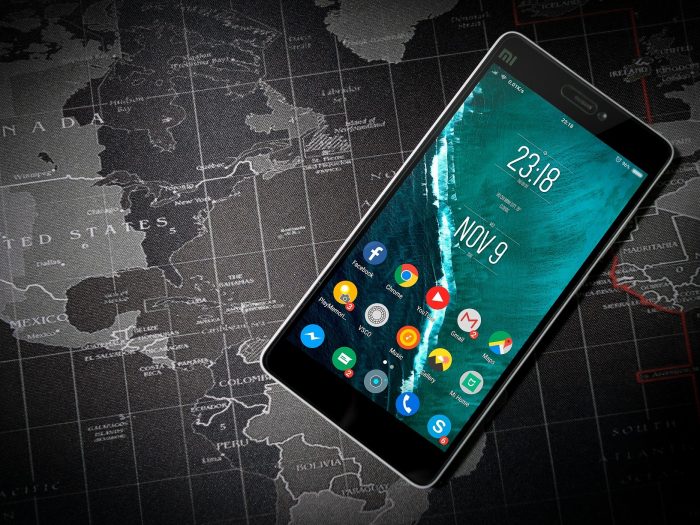2018 saw rapid growth in the tech industry. We expect this to continue into 2020 due to increased consumer and research spending. Due to the growth and advancements in scientific research, we believe the 5 main areas with the largest business opportunities will be:
1. Audio and Video-Based Artificial Intelligence
Audio and Video-based Artificial Intelligence (AI) has come a long way in the last two years. As a consequence of Google, Microsoft and IBM opening their AI platforms for public use, AI projects are now more affordable and accessible for tech-startups.
Large tech companies are increasing spending in their research departments meaning AI will continue to grow.
2. Augmented Reality Apps
2018 changed mobile-based Augmented Reality (AR). Until then, mobile app developers needed third-party software packages to build AR applications, resulting in licensing fees and unreliable results. Modern iOS and Android devices now have built-in AR support, so we will be seeing more creative uses of AR applications which were not possible before.
Unlike Virtual Reality (VR) – which is unpopular outside the tech world, AR is seeing increased success. For example, Pokemon Go generated over $1.2 billion in revenue in 2017.
3. Social Commerce and Mobile Influencer Marketing
As more people use social media, traditional advertising is likely to shift to influencer-focused marketing. Amazon, Walmart, Coles, and Woolworths are still predicted to take the majority share in retail, but opportunities are opening for big brands to collaborate with influencers on social media to increase their reach.
Gaps for niche stores and marketplace apps are emerging. Niche e-commerce apps need to be using cross-channel integrations of social media to build their customer base.
Google’s main revenue generator used to be its Advertising Platform. With the introduction of Google Home, they are looking to shift towards increasingly social and context-aware service.
4. Higher Device Fragmentation and UX
In 2020, there will be a focus on high-quality design and improved User Experience (UX).
Enterprise products will be focusing on improved usability and design. Time saved by an improved process will increase employee productivity. Old applications in the enterprise sector will be looking to improve UI and UX.
Device fragmentation and layout issues have been downsides in Android app development. Developers have created workarounds using layouts that fit the large range of Android devices available. In iOS, developers were able to limit resolutions to the maximum size of retina displays in order to bypass this limitation. Now, with the ‘notch design’ of iPhone X, we Apple looks to introduce more screen sizes so iOS developers will need to focus more on these workarounds too.
As a consequence, we expect more time to be spent on the design stages of apps.
5. Mobile App Development
People assume that developing an app is similar to designing a website, but there are differences. A major one being the amount of control you have over each platform. Once a website has been designed, you can host it on a cloud server for years without any further investment in development or servers.
However, mobile apps rely on many external services and systems which are beyond the control of the designer. These include external APIs, software libraries, cloud servers, physical devices, and operating systems. Most operating systems are updated yearly, and new smartphones are released every month. Each update, when combined with constantly changing external APIs and software libraries, means apps need to update every 12 to 18 months just to stay current and active.
Enterprises must bear the cost of purchasing current iPhones, Android Phones, Tablets and iPads to test their products. Because of this additional cost, many enterprises are expected to seek the services of development agencies to build the initial versions of their apps.
Conclusion
Continued growth is expected in both the AI and AR segments during the next few years. Developers will need to focus more on the design as well as marketing from the very early stages to stay competitive in this market. With an increasing number of devices available, both for iOS and Android, we expect capital expenditure in both development and maintenance to increase during 2020.



